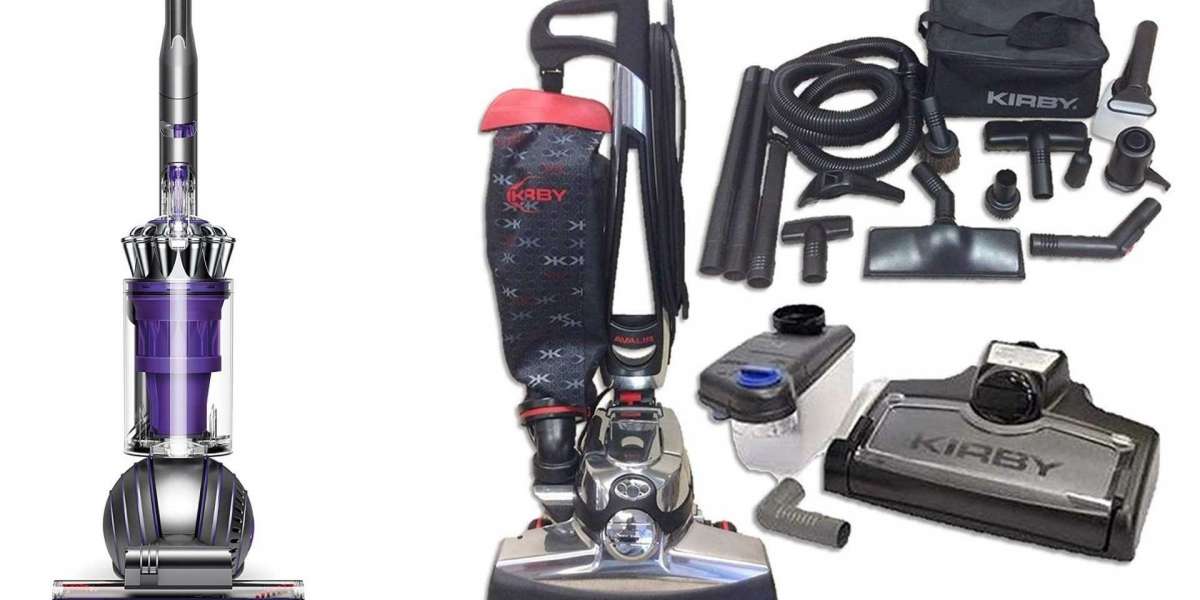Inpatient treatment offers 24 hour care in a residential setting. Inpatient stays tend to last six to twelve months. Inpatient treatment typically includes group and individualized therapy sessions, educational programs on mental health and a structured daily routine. Residential treatment is generally more costly than outpatient programs and puts a patient's life at risk. This article provides information on the benefits and limitations of inpatient rehab. This article will also explore the cost of residential treatment and its advantages and disadvantages.
Inpatient treatment is more effective than outpatient treatment
Inpatient treatment is more effective for treating addiction than outpatient treatment, and it can provide better results for those who struggle with relapse. Patients in an inpatient program are removed from the temptations and influences that lead to relapse. Additionally, they have a longer base of sobriety to build upon. Inpatient treatment is a better option for those with co-occurring disorders.
Outpatient treatment includes regular visits to a facility where the patient can receive treatment. The treatment typically consists of counseling sessions, whether one-on-one or in groups. Outpatient programs are not as intensive, and they may be more difficult to get through for drug addicts with irregular schedules. But outpatient treatment is still more effective than outpatient treatment, as long as the patient attends all scheduled sessions.
Outpatient care is less expensive than inpatient treatment. Because the program is conducted in a patient's home, it typically costs less than a month of inpatient care. It may also be more affordable for those with good health insurance. Outpatient treatment also allows patients to continue living life as they want while attending group and one-on-one counseling sessions. This method is similar to ongoing therapy with a mental health professional, or physical therapy, which requires the patient to take personal responsibility for their life and their recovery.
It is more expensive than outpatient treatment
Inpatient treatment is more costly than outpatient care. Inpatient facilities have doctors on staff and may also hire specialists to treat co-occurring disorders. The cost of inpatient care is generally more than double that of outpatient treatment. Outpatient rehab, on the other hand, allows patients to continue living at home and work while they recover. They are also not removed from their daily triggers. Outpatient care is generally more affordable than inpatient treatment, but it is important to consider the costs before signing up for treatment.
The cost of treatment at addiction rehabs varies depending on the intensity of services. If the person is suffering from a serious substance use disorder, they are likely to require intensive treatment. Inpatient care can cost anywhere from $2,000 to $35,000 per week. Outpatient programs can be cheaper than inpatient care, but can still cost a significant amount of money. It is also important to consider the cost of co-occurring disorders when determining the price of a rehab.
It is more restrictive than sober living homes
Sober living homes are more structured than rehab facilities. Residents are not confined to a single campus, but may have to abide by curfews and attend group meetings. Residents will be required to attend 12-step programs or work in a job. Aside from having the structure of a rehab, sober living homes will help residents learn life skills and character growth. Residents may be required to participate in a 12-step program or find employment, but they will be taught about the ramifications of substance use before they are allowed to go home.
In order to determine whether a sober living home is the right environment for you, it is essential to research its reputation. Read online reviews and ratings, talk to current residents, and conduct interviews. It's helpful to speak with a treatment specialist or clinical team. While there are many different types of sober living homes, the right one can help you overcome your addiction and move towards a productive, sober lifestyle.
It can put a person's life at risk
It's important to note that not every teenager will develop an addiction to drugs or alcohol. There are certain risk factors that increase the likelihood of addiction, such as biological family history, young age, and lack of support and supervision. It's important to recognize the signs of addiction early on so that the individual can avoid the consequences of addiction. Listed below are some risk factors that may increase the risk of addiction.
The first step towards regaining your life after treatment is to identify your environmental triggers. For example, if you used to hang out with certain people, you may have a craving for their drugs. When this happens, your chances of relapsing are higher. You should also avoid the same situation if you think you may have a problem with alcohol and drugs. These situations can trigger cravings, which can increase your chances of relapsing.





